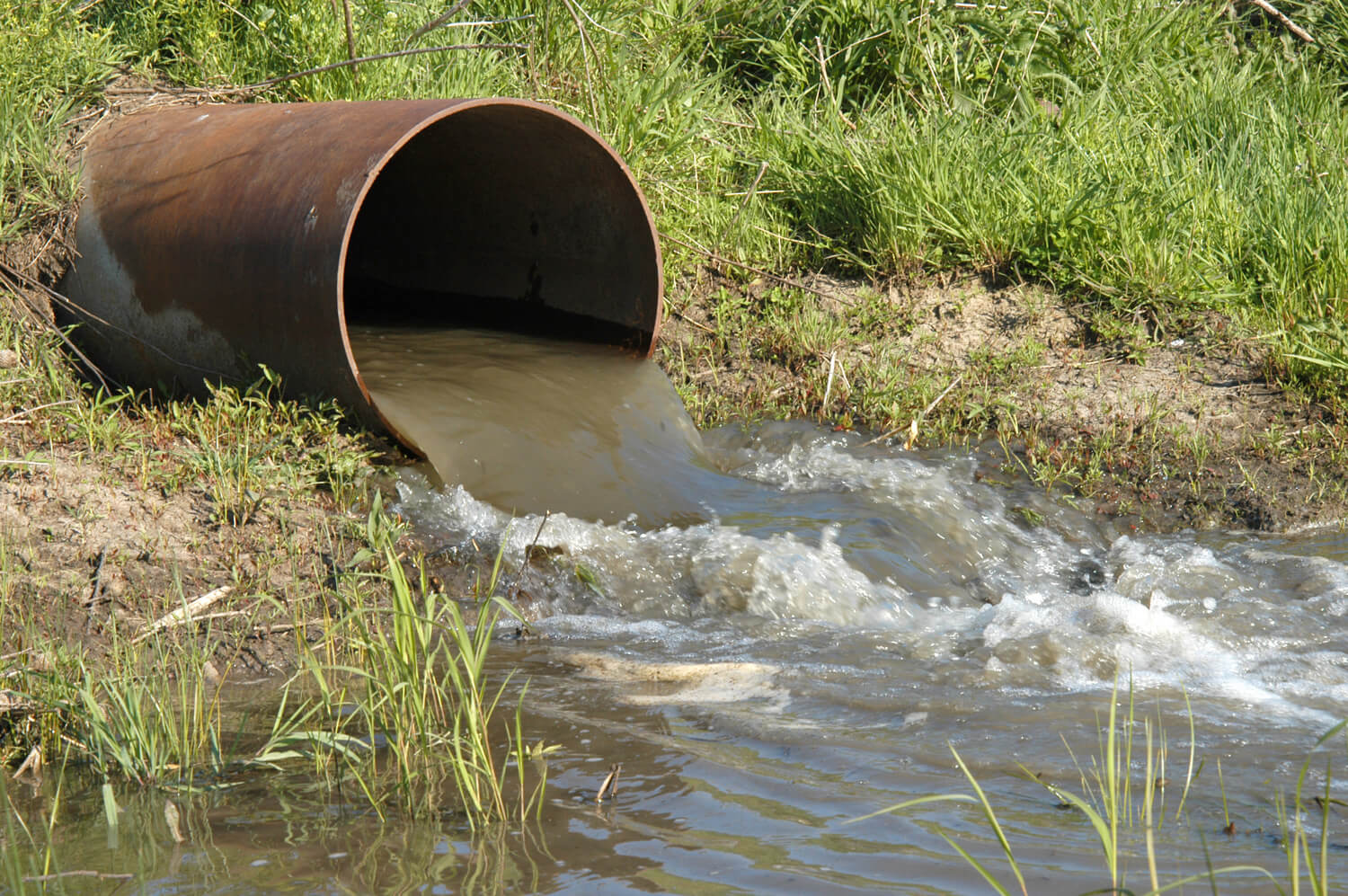The presence of toxic chemicals from nearby fertilizers and pollutants, animal or human waste, fungis, radiation, or natural but harmful elements can be the leading cause behind your water’s change in odor, appearance, or taste. This article outlines some of the basic knowledge needed to quickly assess the health of your water and address any issues, of both minimal urgency and severe. You should always have your water tested upon moving into a new place or region, if you think your septic system or water filtration system has malfunctioned, if multiple family members or guests have had upset stomachs, and if you have any infants living in or visiting your home.
Water testing can be simply carried out by your local water treatment professional, or you can purchase an at-home water testing kit and have your results interpreted by a professional. Before you choose which you’d prefer, contact your local water works agency to find out if there are any specific markers they recommend you test based on your geographic location. Some locations are more vulnerable to certain contamination such as with arsenic or radon, a gas that’s produced as a result of natural radioactivity.
Beside any specific markers recommended to you by your local water works agency, you will look at two major sources of contamination: Coliform bacteria and nitrates. The total Coliform testing category is to measure human and animal waste. The marker is only a threat to humans if it is very high, otherwise the potential threat is quite small. The reason this marker is so important is because it is a good measurement to compare next measurements beside to determine if your water quality has become worse since you last tested. If the number climbs, it’s best to inform a professional and begin building a relationship with them.
Nitrates measure your water’s exposure to septic systems, fertilizers, animal manure, and sew lines. High levels of Nitrates are dangerous and could potentially cause bad cases of E Coli. Several other markers will be recommended if your water tests highly in Nitrates. You are not to use the water until this problem is completely resolved.
Testing your water addresses other common water issues, such as PH balance, iron level, manganese, sulfides, and hardness. These problems corrode pipes and change your water’s odor and how it reacts to products and on your body. If your water is discolored, cloudy, leaves marks on your fixtures, or seems to be effecting your water treatment equipment, you should have your water tested and interpreted by a professional.







